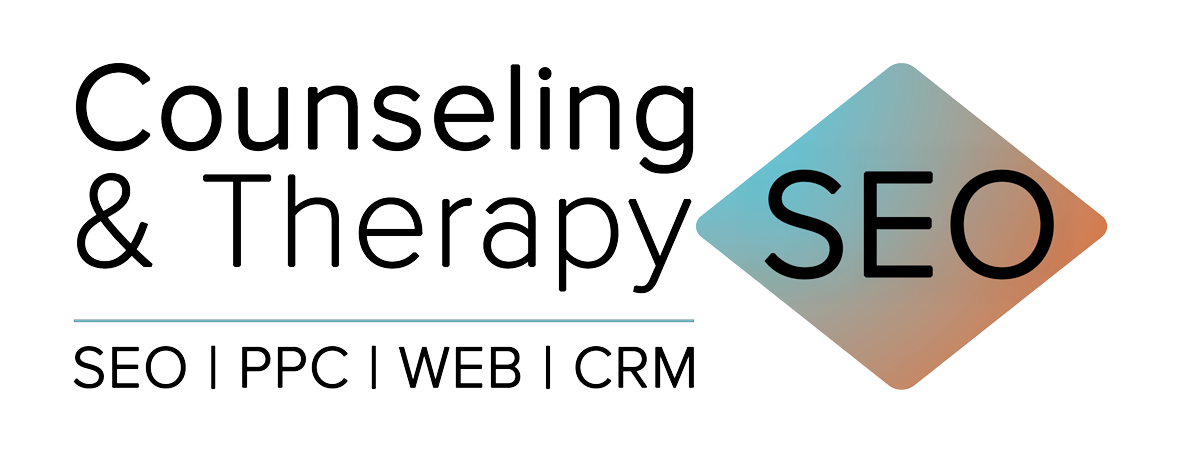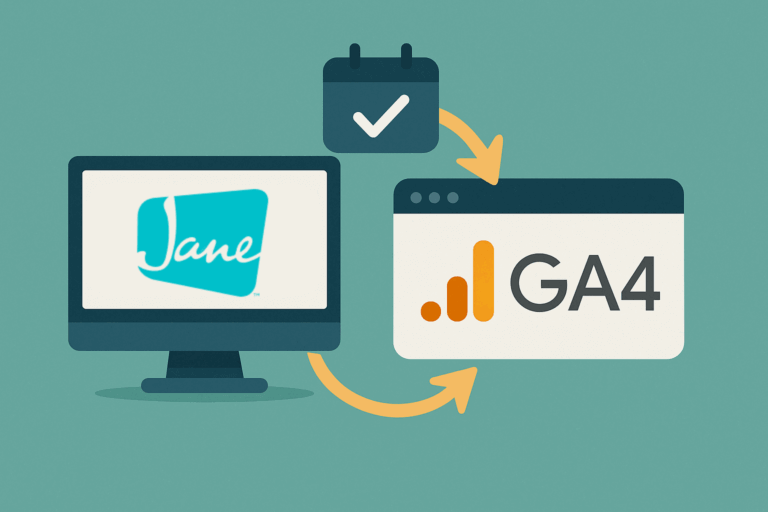If you’re a therapist or counselor looking to build your online presence, your Google Business Profile (GBP) is one of the most valuable tools at your disposal — and it’s free.
I recently had a great conversation with Karen from Open Heart Counseling about how to get more visibility and alignment online using her GBP, and a lot of what we discussed comes up again and again with my clients. So I decided to turn that chat into a blog post — something both practical and a little bit real, because let’s be honest: marketing yourself as a helping professional isn’t always comfortable.
Below are some of the strategies I recommend — plus a few things that came up during our conversation that might resonate with you too.
1. Set Up and Fully Optimize Your Profile
First things first — make sure your GBP is actually set up and that your contact info is accurate. Add your business hours, website, and (if you’re comfortable) a phone number for direct contact.
Visuals matter too: upload 5–10 high-quality photos of your workspace, branded materials, or anything that visually represents your practice (even if you are virtual). It helps people get a feel for you, and it also builds trust.
Use your business description to its full potential — you get 750 characters, so take advantage. Briefly outline who you help, what your approach is, and naturally include a few location-specific keywords (e.g., “Vancouver counseling,” “registered clinical counselor,” “trauma support”).
2. Use Google’s Built-In Features
Within your GBP dashboard, make sure you add all your relevant services and descriptions — especially if you work across different modalities (e.g., individual counseling, EMDR, couples therapy). It helps people understand what you offer, and it helps Google match your profile to relevant searches.
You can now also link your social media accounts directly from your profile, which helps unify your online presence and shows clients you’re active and engaged.
3. Reviews: Yes, With Boundaries
This one can be a gray area for therapists — and for good reason. While reviews can build trust with prospective clients, not every licensing body is okay with soliciting them directly. That said, if a client offers to leave a review on their own, and you’re confident it won’t compromise their privacy or your ethical standards, it can absolutely help.
The goal here isn’t a huge number — even a few thoughtful, respectful reviews can go a long way.
4. Interlinking + Light Blogging = Low-Effort SEO
One thing we talked about during my chat with Karen was whether blogging is even worth it anymore. The short answer? It’s not critical for SEO — but having some blog content is better than none.
A few posts now and then (even once every couple of months) can help keep your website fresh and provide content for your email list or social media. Bonus: blog posts give you the chance to interlink your content. If you mention “counseling services,” link that phrase to your Services page. If you reference yourself or your practice, link it to your homepage.
These small, internal links help Google understand your site better and improve how your pages are indexed.
5. Owning Your Content (Especially Video)
Karen had a video up — which is great — but it was hosted on someone else’s YouTube channel. And while that’s totally fine, ideally, you want to own your content.
Setting up a YouTube channel (even with just one or two videos) gives you a central place to host and share your content. Your video description box is prime real estate — you can add links to your website, your contact info, and other platforms. That one little channel can boost your visibility a lot.
And no, you don’t need to become a YouTuber. A simple “about me” intro video or a short explainer of how your practice works is more than enough.
6. The Vulnerability of Being Visible (Real Talk)
One of the most powerful parts of my convo with Karen was around the emotional side of showing up online. She shared how it feels intimidating to put herself “out there” professionally — even though she’s totally comfortable posting on her personal Instagram.
That hesitation? Totally normal. It’s imposter syndrome, perfectionism, fear of judgment — all rolled into one. And for a lot of us, it also comes from generational conditioning. Our parents didn’t grow up with their faces on the internet — so for many of us, putting ourselves out there professionally feels risky.
But the truth is, clients do look you up. And seeing your face, your voice, your energy — even in just one or two places — helps them feel a sense of connection before they ever reach out. You don’t have to overshare. But being just a little visible can go a long way.
7. If You’re Home-Based, Stay Safe and Smart
Karen also mentioned that she works from a condo — and that added another layer of concern about listing her address. That’s totally valid.
If you’re running a home-based practice, there are still ways to keep your profile active without compromising your safety. Consider listing a general location or using a PO Box. Google does let you hide your physical address from public view while still showing up in local search results — so you don’t have to give up privacy to maintain visibility.
Final Thoughts
Optimizing your Google Business Profile doesn’t have to be complicated. A few intentional steps — like cleaning up your contact info, linking your services, and adding a couple of photos or videos — can really shift the way people find and trust you online.
And if showing up still feels uncomfortable, that’s okay. You don’t have to go from zero to influencer overnight. Just start with what feels doable — and remember that visibility doesn’t have to mean vulnerability.
If you want support optimizing your GBP, doing your SEO, building out your website design or content, or just getting your digital presence aligned with your values — this is exactly what I help with. Reach out anytime.

Nick Man is the founder of Counseling & Therapy SEO, where he helps therapists and counselors get found on Google without compromising their values (or burning out on social media). With a background in SEO and marketing, Nick builds calm, conversion-friendly websites and SEO strategies that actually feel human.
You can find Nick on LinkedIn ↗.


